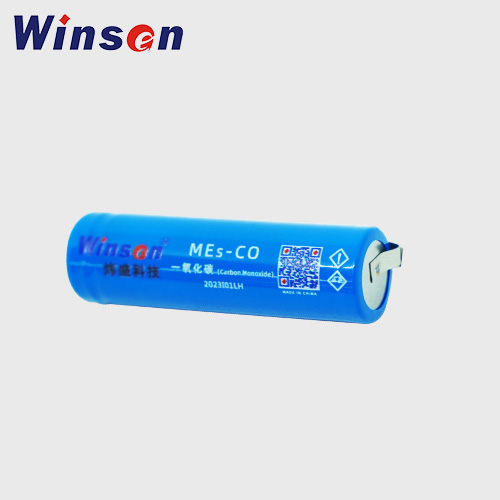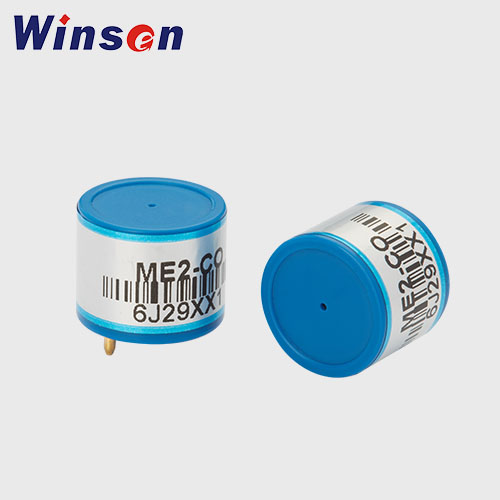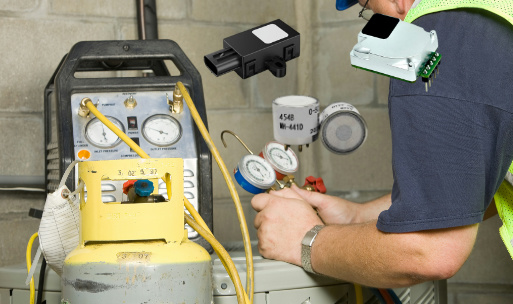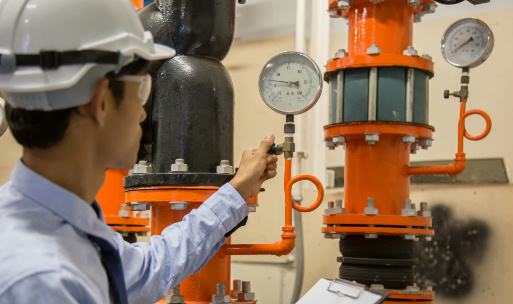Ensuring Safety in RVs: The Critical Role of Carbon Monoxide and Methane Sensors
Recreational vehicles (RVs) have become increasingly popular as they offer a unique combination of travel and comfort, allowing people to explore new places while maintaining the comforts of home. However, the enclosed nature of RVs presents unique safety challenges, particularly when it comes to the risk of harmful gases like carbon monoxide (CO) and methane. As a leading manufacturer of sensors, we recognize the importance of robust detection systems in these environments to protect the health and safety of RV occupants. This article delves into the critical role that carbon monoxide and methane sensors play in RVs, exploring how they work, why they are essential, and what factors to consider when selecting the right sensor for your RV.
Understanding the Risks: Carbon Monoxide and Methane in RVs
Carbon Monoxide (CO)
Carbon monoxide is a colorless, odorless gas that is highly toxic to humans. It is produced by the incomplete combustion of fuels such as propane, gasoline, natural gas, and wood, which are commonly used in RV appliances like stoves, heaters, and generators. In an RV, where space is limited and ventilation may be restricted, the buildup of carbon monoxide can occur quickly, leading to potentially fatal outcomes. Symptoms of CO poisoning include headache, dizziness, nausea, and confusion, which can escalate to unconsciousness or death if not detected in time.
Methane (CH4)
Methane, another significant concern in RVs, is the primary component of natural gas and is also present in propane, which is commonly used for cooking and heating in RVs. While methane is not toxic in the same way carbon monoxide is, it is highly flammable and can create an explosive hazard if it accumulates in an enclosed space. A methane leak in an RV can lead to a dangerous situation, particularly if it goes undetected and an ignition source is present.
The Role of Sensors in Detecting Carbon Monoxide and Methane
Given the serious risks associated with carbon monoxide and methane in RVs, the installation of reliable sensors is not just a precaution—it is a necessity. These sensors serve as the first line of defense, providing early warning of potentially hazardous conditions so that occupants can take immediate action to protect themselves.
How Carbon Monoxide Sensors Work
Carbon monoxide sensors typically use one of two detection technologies: electrochemical sensors or metal oxide semiconductor sensors.
Electrochemical CO gas Sensors
These are the most common type of CO sensors used in RVs. They work by detecting changes in electrical current caused by the reaction between carbon monoxide and the chemicals within the sensor. When CO gas enters the sensor, it reacts with an electrolyte, generating a small electric current. The sensor measures this current, which is proportional to the concentration of carbon monoxide in the air. If the CO level exceeds a certain threshold, the sensor triggers an alarm.
Metal Oxide Semiconductor (MOS) Sensors
These sensors use a thin film of metal oxide, typically tin dioxide, to detect carbon monoxide. When CO gas is present, it reduces the resistance of the metal oxide layer, causing a change in electrical conductivity that the sensor measures. While effective, MOS sensors are generally less sensitive and may require more frequent calibration compared to electrochemical sensors.
How Methane Sensors Work
Methane sensors in RVs usually employ either catalytic bead sensors, metal oxide semiconductor (MOS) sensors or infrared (IR) sensors.
Catalytic Sensors
These sensors detect methane by oxidizing the gas on a catalyst-coated bead, which heats up as a result of the combustion process. The increase in temperature causes a change in the resistance of the bead, which the sensor measures. This change is proportional to the concentration of methane in the air. Catalytic bead sensors are reliable and commonly used for methane detection, though they require oxygen to operate effectively.
Metal Oxide Semiconductor (MOS) Sensors
MOS sensors detect methane by measuring changes in the electrical resistance of a metal oxide material. When methane comes into contact with the sensor, it causes a chemical reaction on the surface of the metal oxide, altering its resistance. This change is proportional to the concentration of methane in the environment. MOS sensors are known for their sensitivity and fast response times. They are durable and cost-effective, making them suitable for various applications, though they may require periodic calibration for optimal accuracy.
Infrared (IR) Sensors
IR sensors detect methane by measuring the absorption of infrared light at specific wavelengths. Methane molecules absorb infrared light, reducing the amount of light that reaches the sensor's detector. This reduction is used to calculate the concentration of methane in the air. IR sensors are highly accurate and do not require oxygen to function, making them ideal for enclosed environments like RVs.
Key Considerations for RV Sensor Selection
When selecting carbon monoxide and methane sensors for RVs, several factors need to be considered to ensure the effectiveness and reliability of the detection system.
1. Sensitivity and Accuracy
The primary function of these sensors is to detect even low concentrations of hazardous gases. Therefore, sensitivity and accuracy are critical. The sensor should be capable of detecting gas levels well below the dangerous thresholds to provide early warning. For carbon monoxide, this means detecting levels as low as 10-30 parts per million (ppm). For methane, sensors should be sensitive enough to detect concentrations in the range of 0.1 to 1% by volume in air.
2. Response Time
In an emergency, every second counts. The response time of the sensor—how quickly it can detect a gas and trigger an alarm—is crucial. Fast-responding sensors ensure that occupants are alerted to the presence of dangerous gases as quickly as possible, allowing them to take action before the situation escalates.
3. Power Consumption
Since RVs often operate on limited power resources, the power consumption of sensors is an important consideration. Low-power sensors are ideal, especially those that can operate efficiently on battery power. This ensures that the sensors remain functional even when the RV is not connected to an external power source.
4. Durability and Environmental Resistance
Sensors in RVs must withstand the unique environmental conditions encountered during travel. This includes temperature fluctuations, humidity, vibration, and exposure to dust and dirt. Selecting sensors that are rugged and resistant to these conditions will ensure reliable performance throughout the lifespan of the RV.
5. Ease of Installation and Maintenance
For RV owners, the ease of installation and maintenance is another critical factor. Sensors should be easy to install, ideally with a plug-and-play design that does not require specialized knowledge. Additionally, maintenance requirements should be minimal, with features like automatic calibration and low battery alerts to simplify upkeep.
6. Compliance with Standards and Regulations
Finally, it is essential to choose sensors that comply with relevant safety standards and regulations. In the United States, carbon monoxide detectors should meet the requirements of UL 2034, while methane detectors should comply with UL 1484. Compliance with these standards ensures that the sensors have been tested and certified for safety and effectiveness.
Conclusion
The importance of carbon monoxide and methane sensors in RVs cannot be overstated. These devices are essential for ensuring the safety of occupants by providing early detection of hazardous gases, allowing for timely action to prevent poisoning, explosions, and other dangers. As a leading sensor manufacturer, we are committed to advancing the technology and reliability of gas detection systems to meet the evolving needs of the RV industry. By selecting the right sensors and keeping up with future trends, RV owners can enjoy their travels with the confidence that they are protected from the invisible dangers of carbon monoxide and methane.










